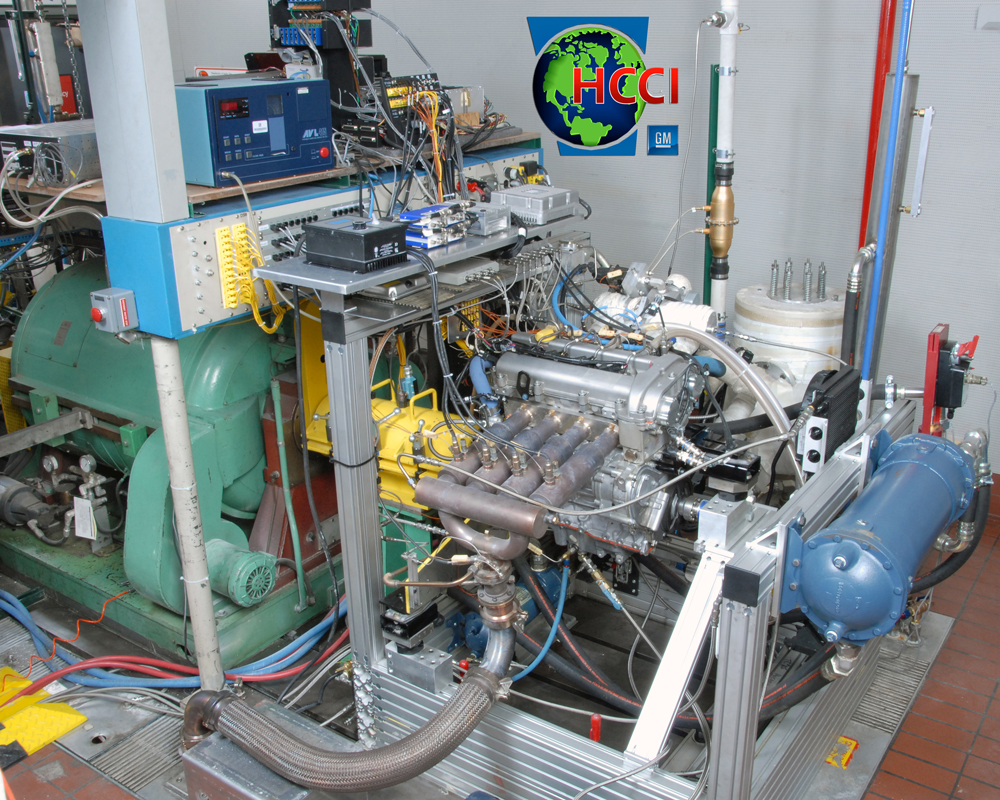It's a technology that's been a sort of Holy Grail in the auto industry for at least a couple of decades.
Now Mazda, one of the smallest global automakers, plans to introduce it in a radical new engine to be used in a future Mazda vehicle in 2019.
It's called homogeneous charge compression ignition, or HCCI: in essence it lets a gasoline engine behave like a diesel under low-power demand, vastly improving its efficiency.
DON'T MISS: Mazda to launch homogeneous-charge compression engine
The new engines capable of HCCI, which will be known as SkyActiv-X, are thought to be destined for the next-generation Mazda 3 compact hatchback and sedan.
Mazda calls its version Spark Controlled Compression Ignition, indicating that they contain a spark plug for conventional operation under conditions less than ideal for HCCI to work.
The sparkless compression ignition performs best within a specific temperature range.

2017 Mazda MAZDA3
If the engine is too cold, its performance falls; too hot, and you get pre-ignition, or knock.
To prevent those occurrences, the SkyActiv-X engine will revert to conventional spark ignition when needed.
The company says their efficiency will be 20 to 30 percent better than its current SkyActiv engines, launched in 2012.
READ THIS: Infiniti variable-compression engine: more complexity, incremental gains
It will also be fitted with a mechanical supercharger, to pack more air into the cylinders, boosting power 10 to 30 percent over the current generation of SkyActiv engines now used across Mazda's lineup.
Mazda confirmed its plans to launch engines using HCCI, which had been rumored earlier, as it released a statement on its "Sustainable Zoom-Zoom 2030" plan to slash the wells-to-wheels carbon emissions of its future vehicles.
That plan contained a number of goals, suggesting that it would prioritize "efficiency improvements for cleaner emissions that apply in the real world." Accordingly, Mazda will:

New GM HCCI Engine
- Aim to cut its corporate "wells to wheels" CO2 emissions to half their 2010 level by 2030, and to just 10 percent by 2050
- Continue its efforts to "perfect the internal combustion engine," which the company believes "will help power the majority of cars worldwide for many years to come and can therefore make the greatest contribution to reducing carbon dioxide emissions"
- Combine its more-efficient engines with "effective electrification technologies"
- Introduce electric vehicles and "other electric-drive technologies" from 2019 in "regions that use a high ratio of clean energy for power generation" and those areas that "restrict certain vehicles to reduce air pollution"
CHECK OUT: Mercedes-Benz F700 Concept with experimental HCCI engine (Feb 2009)
That last point is worth unpacking: the second half clearly refers to China.
That country has proposed fairly Draconian requirements for plug-in vehicle sales, modeled on a much more aggressive version of California's zero-emission vehicle rules.

2017 Mazda MAZDA3
But the first point, suggesting that plug-in Mazdas will be sold only in areas where the grids are clean enough to cut wells-to-wheels emissions, can be read two ways.
It might mean that in the U.S., Mazda electric cars will be sold only in California and the Northeastern states, whose grids are extremely low-carbon already.
Or, it could mean Mazda believes its SkyActiv-X vehicles will do so well on their EPA fuel-economy ratings—50 mpg, perhaps ??—that 1 mile in an electric car would actually have a higher carbon-dioxide footprint in much of the U.S.
With the average internal combustion engine still wasting two-thirds to three-quarters of its fuel energy as heat and noise, there's clearly room for improvement.
Toyota and Hyundai say their best, most thermally efficient engines can operate at 40 to 42 percent efficiency under some circumstances. But those engines are used in hybrid applications only.
![Electric-car wells-to-wheels emission equivalencies in MPG, May 2017 [Union of Concerned Scientists] Electric-car wells-to-wheels emission equivalencies in MPG, May 2017 [Union of Concerned Scientists]](https://images.hgmsites.net/lrg/electric-car-wells-to-wheels-emission-equivalencies-in-mpg-may-2017-union-of-concerned-scientists_100608699_l.jpg)
Electric-car wells-to-wheels emission equivalencies in MPG, May 2017 [Union of Concerned Scientists]
If Mazda can reach similar efficiency levels in its SkyActiv-X engines without adding expensive electrification—which remains unclear from the language of its announcement—it will clearly represent a significant advance in reducing carbon dioxide emissions.
For the short and perhaps medium terms, anyhow.
Over the longer term, the industry seems to be slowly coalescing around the view that by 2035, a major portion of the world's new vehicle production will be powered by electricity from the local grid, stored in batteries onboard the car.
We hope to learn more about Mazda's new engine at a technology briefing in the coming weeks.
Mazda expects to deliver its first SkyActiv diesel engine this fall in a 2018 Mazda CX-5 compact crossover utility vehicle.
_______________________________________













